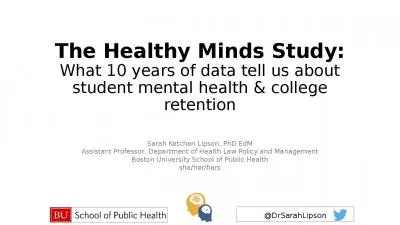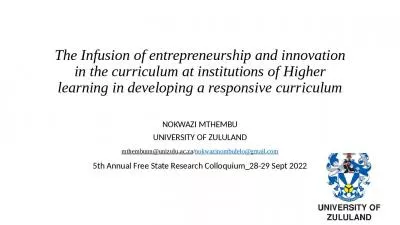PPT-Globalizing the Curriculum: Opening Our Students’ Minds to the World
Author : ellena-manuel | Published Date : 2019-06-19
Catherine Eagan PhD Patricia Stokke EdD PHR Globalization Whether at home or abroad students are going to be encountering different cultures and cultural systems
Presentation Embed Code
Download Presentation
Download Presentation The PPT/PDF document "Globalizing the Curriculum: Opening Our ..." is the property of its rightful owner. Permission is granted to download and print the materials on this website for personal, non-commercial use only, and to display it on your personal computer provided you do not modify the materials and that you retain all copyright notices contained in the materials. By downloading content from our website, you accept the terms of this agreement.
Globalizing the Curriculum: Opening Our Students’ Minds to the World: Transcript
Download Rules Of Document
"Globalizing the Curriculum: Opening Our Students’ Minds to the World"The content belongs to its owner. You may download and print it for personal use, without modification, and keep all copyright notices. By downloading, you agree to these terms.
Related Documents

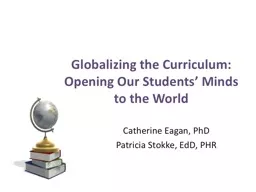
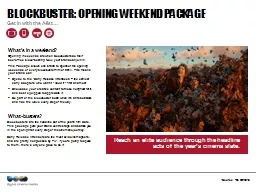
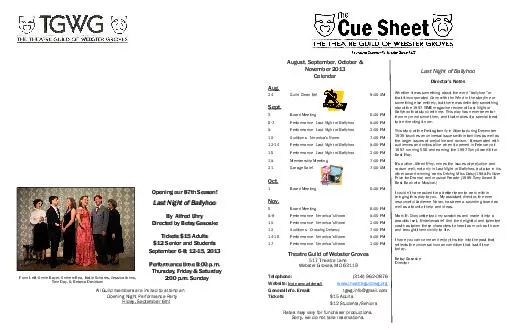
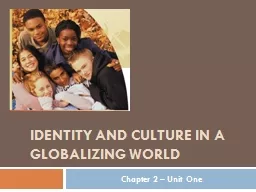

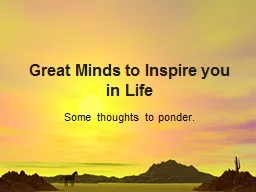
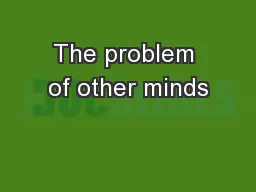
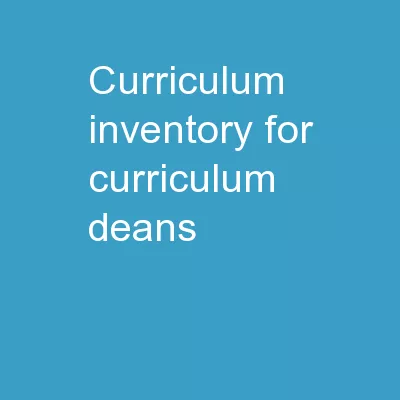
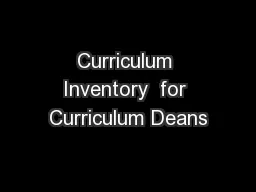

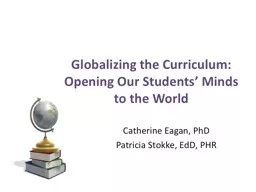
![[EBOOK]-Free to Make: How the Maker Movement is Changing Our Schools, Our Jobs, and Our](https://thumbs.docslides.com/958063/ebook-free-to-make-how-the-maker-movement-is-changing-our-schools-our-jobs-and-our-minds.jpg)
